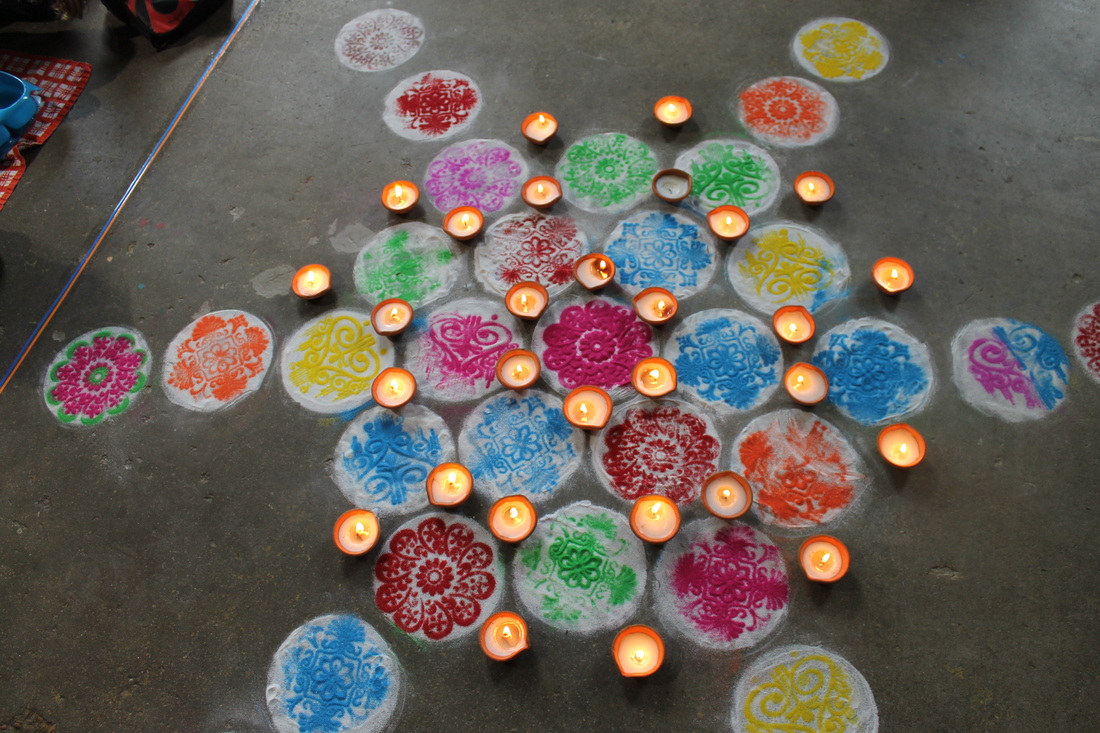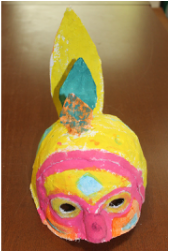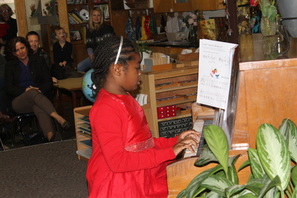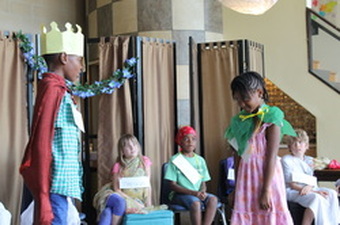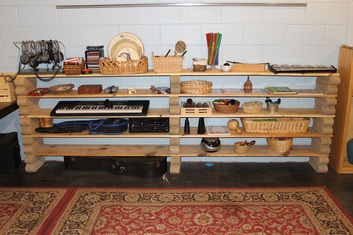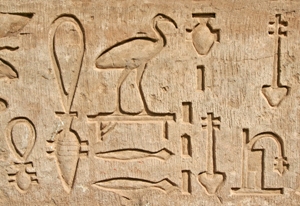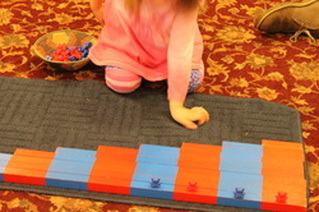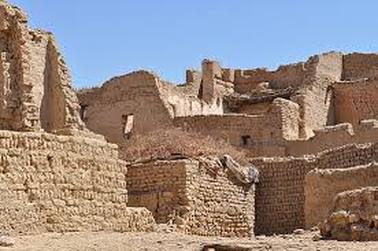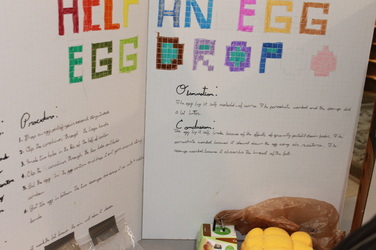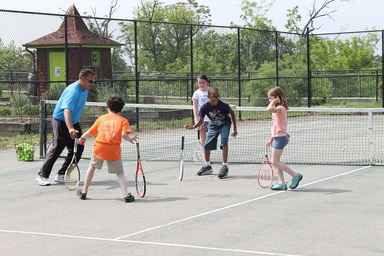Curriculum
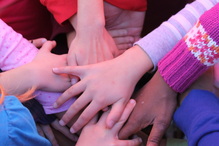
The study areas listed below are present at every educational level from the Toddler Class through the Primary and Elementary classes. The complexity and applications become greater as the students become older.
HistoryThroughout the continuum of studies, the students at Central Montessori School are exposed to the concept of history. In the Toddler Program, the youngest children hear history language such as now, after, before, last, first, etc. The Primary students experience history through calendar studies and their own personal history during their birthday celebrations. The Elementary students begin their studies with the story and theory of the Big Bang and creation stories representing several major religions. History studies Elementary begin with the physical history of the earth and the coming of civilizations. The Montessori Great Lessons introduce the major history units. Timelines are used for biographies as well as cultural histories.
The fundamental needs of humans (across time and space) are identified and the similarities between human needs. We compare and contrast the needs of other creatures. This study is the basis for many research projects that lead students into deeper understanding of the ecological and economical issues of today. ScienceThe land is where our roots are. The children must be taught to feel and live in harmony with the Earth.” – Maria Montessori
Science concepts are introduced to even the very youngest students. All science exploration occurs within the natural environment and its application is fully developed within all areas of study.
Life sciences are fully integrated into all areas of the class room and include webs of dependency across time, botany, biology, biota, anatomy comparative studies, ecology, and environmental rights along with experiments and scientific observations. Physical sciences are also fully developed and studied in actual applications whenever possible. These include, but are not limited to, three stages of matter, simple machines, magnets and gravitational investigation, the cycle of water, the study of the atmosphere and cloud formations, the rock cycle and classification of rocks, the topography of the earth including the oceans, wind and water currents, chemical changes, and the relationships of the sun and earth. The study of planets, earth and her moon, the composition of our universe and our place within the universe is developed. The Physical and Cultural Geography scientists of the past and present are studied along with their contributions. Physical and Cultural Geography are inseparable in our natural world and in our classrooms. Globes, land and water forms, map studies, biota, and national and regional cultural expressions of peoples from around the world are fully developed together. There are flag and cultural celebrations scheduled throughout the year. The focus on any particular nation or region is determined by classroom and parental interests.
Movement & Physical Activities"Watching a child makes it obvious that the development of his mind comes through his movements.” – Maria Montessori
The outdoor and indoor environments are conducive to both gross and fine movement. The playground has minimal permanent structures, allowing for lots of imaginative play, structure and shelter building, cooperative play, problem solving and dynamic friendships.
Children spend about two hours a day outside. We venture out in all types of weather. These informative and delightful ventures to the outdoors provide lots of exercise. Outdoor time also provides invaluable opportunities for children to learn about our natural world during all seasons and to experience weather phenomena in all of its diversity. Central Montessori School is currently partnered with the Richmond Kickers. Professional Kicker team members interact and instruct our students in the art of soccer. Our summer program provides students with instructions in yoga, balance, and agility training. Central Montessori School partners with the Friends of Jefferson Park to maintain a beautiful park setting for additional play and movement programs for our students. |
The environment must be rich in motives which lend interest to activity and invite the child to conduct his own experiences.” – Maria Montessori

